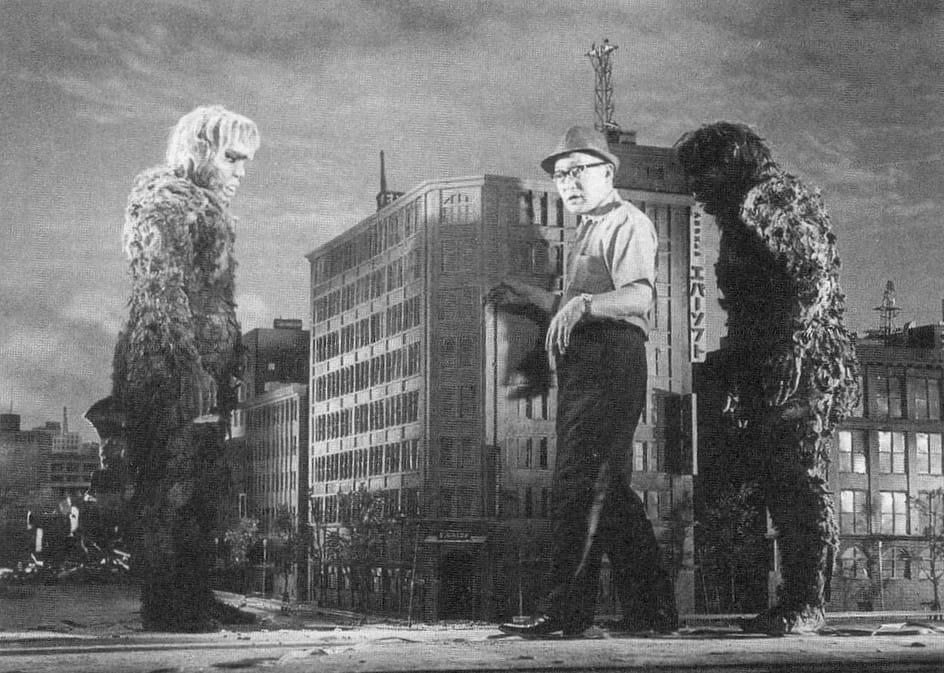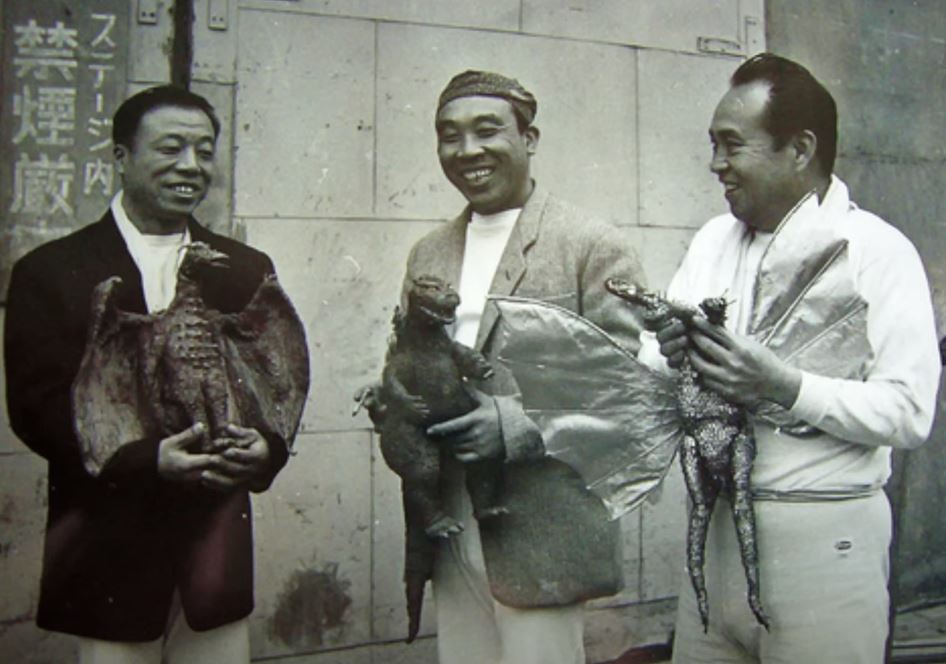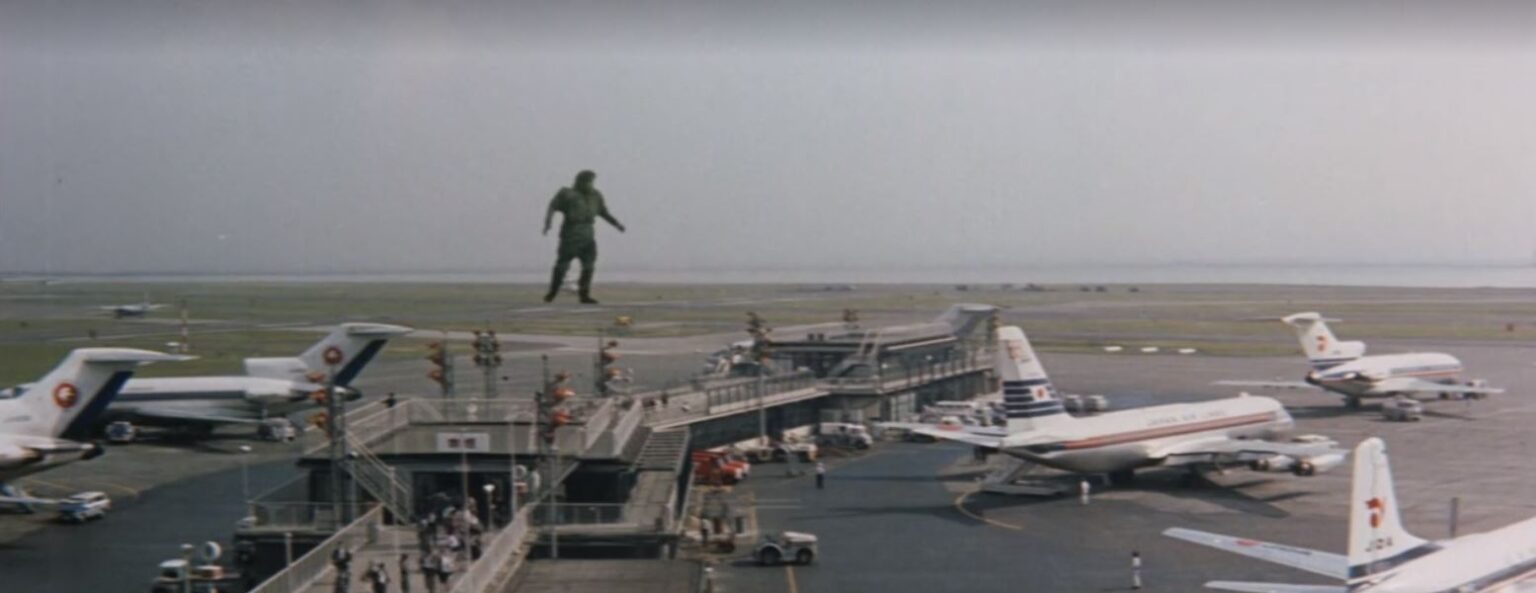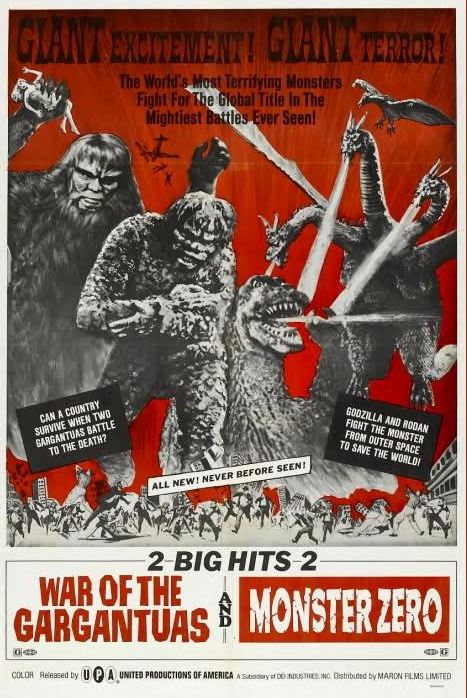Radio Patrol (1937) Pressbook
Universal Pictures’ Radio Patrol was taken from the newspaper comic strip of the same name. The strip, created by Charles Schmidt (artist) and Eddie Sullivan (a real-life crime reporter), picked up steam when William Randolph Hearst wanted something added to his King Features Syndicate to compete against the popular Dick Tracy comic strip. Radio Patrol was also adapted for radio, a comic book, and a Big Little book (a thick, pocket-sized, hard-covered book with text and page illustrations). The 12-chapter serial was directed by Ford Beebe (Flash Gordon Conquers the Universe, The Invisible Man’s Revenge, and lots of jungle pictures) and Clifford Smith (The Adventures of Frank Merriwell).
From the Files of Jerry Blake:
Radio Patrol features many sloppy-looking but energetic fights–brawls that have the lack of staging and wild-looking blows common to most 1930s serials, but also feature some good punches and some nice flips and leaps (as in the Chapter Eight office fight). However, almost all the fistfight scenes are marred by one recurring flaw–directors Ford Beebe and Cliff Smith’s decision to shoot all the fight-scene close-ups of star Grant Withers against the same backdrop (a cement steel-mill wall with the shadow of a ladder in this background); when these shots of Withers are inserted into fights that take place in locations other than the steel mill (apartments, sidewalks, etc.) they have a jarring effect on the viewer–particularly since these mismatched close-ups provide the only glimpses of Withers during the fight scenes; the star’s stunt double Eddie Parker stands in for both medium and long shots, with Beebe and Smith taking few pains to hide the switch.









